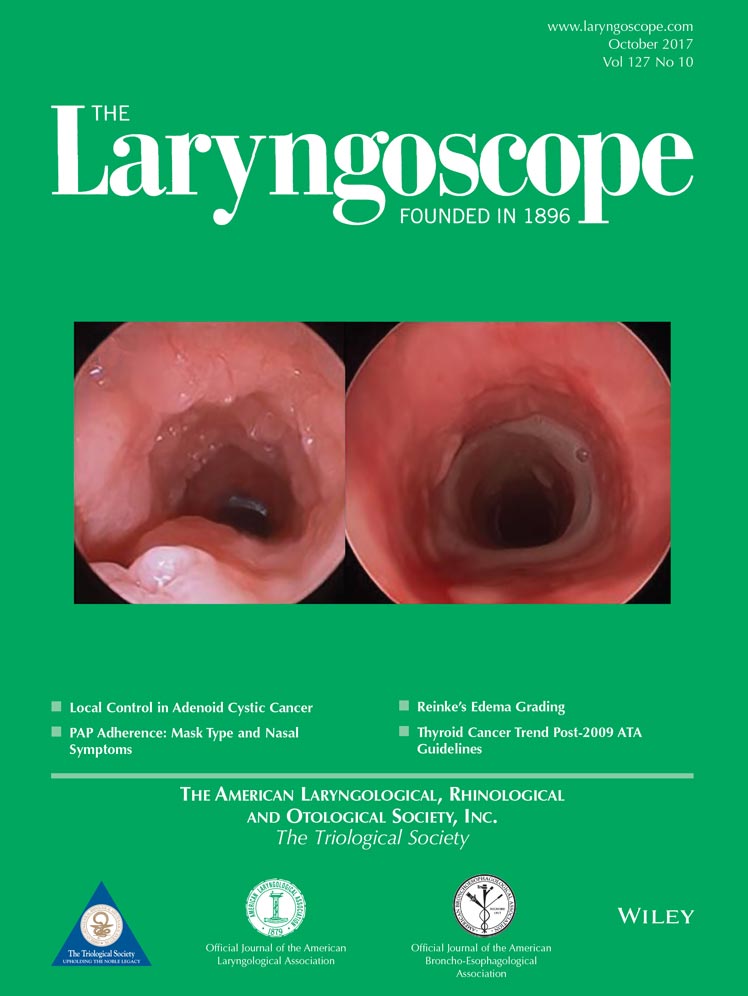Real-time continuous image-guided surgery: Preclinical investigation in glossectomy
This work was performed at the Guided Therapeutics lab, Techna Institute, University Health Network, Toronto, Ontario, Canada.
This work was supported by the John F. Sparks Memorial Studentship Fund, the Guided Therapeutics (GTx) Program/Techna Institute, University Health Network, Strobele Family GTx Research Fund, Kevin and Sandra Sullivan Chair in Surgical Oncology, Hatch Engineering Fellowship Fund, and Princess Margaret Hospital Foundation.
The authors have no other funding, financial relationships, or conflicts of interest to disclose.
Abstract
Objectives/Hypothesis
To develop, validate, and study the efficacy of an intraoperative real-time continuous image-guided surgery (RTC-IGS) system for glossectomy.
Study Design
Prospective study.
Methods
We created a RTC-IGS system and surgical simulator for glossectomy, enabling definition of a surgical target preoperatively, real-time cautery tracking, and display of a surgical plan intraoperatively. System performance was evaluated by a group of otolaryngology residents, fellows, medical students, and staff under a reproducible setting by using realistic tongue phantoms. Evaluators were grouped into a senior and a junior group based on surgical experience, and guided and unguided tumor resections were performed. National Aeronautics and Space Administration Task Load Index (NASA-TLX) scores and a Likert scale were used to measure workloads and impressions of the system, respectively. Efficacy was studied by comparing surgical accuracy, time, collateral damage, and workload between RTC-IGS and non-navigated resections.
Results
The senior group performed more accurately (80.9% ± 3.7% vs. 75.2% ± 5.5%, P = .28), required less time (5.0 ± 1.3 minutes vs. 7.3 ± 1.2 minutes, P = .17), and experienced lower workload (43 ± 2.0 vs. 64.4 ± 1.3 NASA-TLX score, P = .08), suggesting a trend of construct validity. Impressions were favorable, with participants reporting the system is a valuable practice tool (4.0/5 ± 0.3) and increases confidence (3.9/5 ± 0.4). Use of RTC-IGS improved both groups' accuracy, with the junior group improving from 64.4% ± 5.4% to 75.2% ± 5.5% (P = .01) and the senior group improving from 76.1% ± 4.5% to 80.9% ± 3.7% (P = .16).
Conclusions
We created an RTC-IGS system and surgical simulator and demonstrated a trend of construct validity. Our navigated simulator allows junior trainees to practice glossectomies outside the operating room. In all evaluators, navigation assistance resulted in increased surgical accuracy.
Level of Evidence
NA Laryngoscope, 127:E347–E353, 2017




